#Freshwater fish
Explore tagged Tumblr posts
Text

Drawing rainbow trout in my diary <3
9K notes
·
View notes
Text
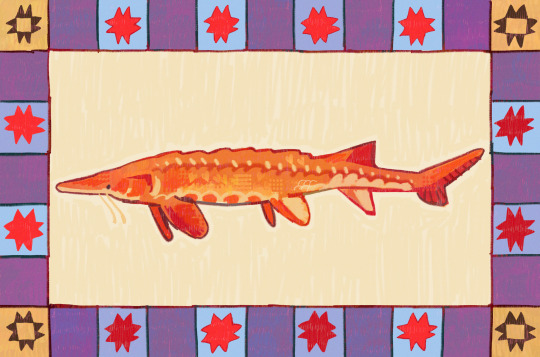
fishtober day 06:
alabama sturgeon (scaphirhynchus suttkusi)
15K notes
·
View notes
Text
a few days ago, I have found gunshot fish (it would be funny if gunshot fish was its common name since it doesn’t have one yet)

(it says I visit often)

this fish 1.2 cm in length can make 140 dB sounds (by striking its own swim bladder with its rib, if I understood correctly)
but due to how sound works and also how water affects sound it would be less louder from a distance
but still loud
they say specialized ribs and muscles allow the fish to not instantly die when it makes the sound, but I haven’t found much detailed explanation on how exactly they help the fish not shock itself to death with the sound
pistol shrimps have these funny organs called orbital hoods that serve as helmets to protect themselves from their own shockwaves made when they snap their claws, preventing brain damage. but I don’t see any possible organs in this fish that could shield itself from its own noise.
maybe it’s unnecessary because the pistol shrimp’s noise is much louder than D. cerebrum’s, at 210 dB but I still think 140 dB is still dangerous enough for a fish smaller than a penny (also this fish is smaller than most pistol shrimps)
yeah
#bony fish#aquatic animals#wildlife#freshwater fish#freshwater ecology#fish#zoology#ecology#biomechanics#biology#funny fish#fishblr#aquatic wildlife
2K notes
·
View notes
Text





かわいすぎないか?
Isn't she too cute?


息してる!
She's breathing by her mouth and lungs!



いきなり回り出した!
She suddenly started to spin!
かわいすぎて私の肺とまった
She was so pretty my lungs forgot to breathe.
鳥羽水族館
Toba Aquarium
#鳥羽水族館#ネオケラトドゥスフォルステリ#ネオケラトドゥス・フォルステリ#オーストラリアハイギョ#fish#freshwater fish#neoceratodus forsteri#australian lungfish#lungfish
2K notes
·
View notes
Text

carrd | faq | ko-fi | shop
sturgeon and paddlefish for a commission!!
5K notes
·
View notes
Text

♪ It's time for Fish Fact Friday! ♪
Kuhli loaches are worm-shaped freshwater fish which can live for around 10 years on average! They have a little spine behind each eye to protect themselves from predators, and can often be found burrowing into soft sandy surfaces.
They are popular aquarium fish for their calm nature and unique appearance. (Also because they're really cute and wiggly!)
#ya'll gotta watch videos of them digging in the sand#it's like watching a really long puppy play in the dirt they're just so cute#fishblr#fish art#fish#kuhli loach#my art#fish fact friday#freshwater fish
712 notes
·
View notes
Text

part four of my Mississippi River fish series
made in 2024
#lake sturgeon#sturgeon#sturgeon art#fish art#fishblr#fish#freshwater fish#mississippi river#nature art#animal art#linocut print#linocarving#linoprint#linocut#linogravure#block printing#block print#printmaker#printmaking#traditional printing#traditional printmaking#small artist#traditional art#artists on tumblr#lesbian artist#butch artist#trans artist#original art#disabled artist#art
870 notes
·
View notes
Text





Pictures I took of sturgeon on a road trip!! There was also a sturgeon touch tank SO I GOT TO TOUCH A STURGEON but alas I didn’t get pictures
#fish#fishposting#fishblr#sturgeon#freshwater fish#i love fish#would die for sturgeon#sturgeon my beloved
458 notes
·
View notes
Text
six HOT New FISH STICKERS !!
on my etsy store now!






my sticker aquarium now includes the red asian arowana, brown bullhead, coelacanth, largemouth bass, lake sturgeon, & zombified sockeye salmon!
want all of them for a discounted price? you can get either all of these new guys + two older fish designs (rainbow trout and sauger) in a bundle or just the freshwater fishies in a bundle! don't miss this big catch!!!¡!🐟


#fishies are here too#i am rly proud of these stickers they r very high quality and im not just saying that bc i need ppl to buy them#stickerninja stickers are very richly colored and all the details look perfect and im very pleased with them#i hate marketing mysef but i do need ppl to like my art and buy it#my art#🪲#freshwater fish#fishblr#coelacanth#sockeye salmon#largemouth bass#catfish#brown bullhead#lake sturgeon#arowana#asian arowana
973 notes
·
View notes
Text
Fish of the Day
Today's fish of the day is the Alabama Cavefish!
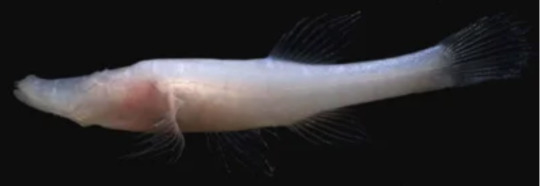
The Alabama Cavefish, scientific name Speoplatyrhinus poulsoni, is known for being one of the rarest troglobitic fish species in North America. Discovered in 1967, by the time the alabama cavefish was scientifically described in 1974, there were only about 100 fish left. On any visit to the cave, only about 10 fish have ever been seen, but they are consistently different fish, so the estimated number is a little under 100, making them critically endangered. This also makes them a possibility for the rarest cavefish in North America!
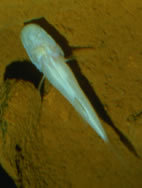
Despite the large waterways connecting caves in Key Cave National park to several other cave systems, the Alabama cavefish has restricted itself to only one cave for reasons we don't understand. A search of over 120 caves in the surrounding area revealed no populations or signs of populations. With a range consisting only of Key cave in Lauderdale county, Alabama; these fish are constantly faced by the threat of extinction, and most of their worries are based on the limited home range, and waters entering the cave. Any water with chemicals, especially fertilizers and other agricultural runoff are a large concern. That along with competition from more aggressive cavefish, and predation from nearby crawfish. Due to their living situation and delicate population, much is unknown about these fish. But, let us go over what we do know!

The diet of the Alabama cavefish consists mostly of invertebrates found in the caves: copepods, isopods, smaller cavefish, spiders, beetles, and anything else it can find that will fit in its mouth. They grow up to a size of 2-3 inches in length. They have no eyes or pigment, and hunt solely based off of sensory protrusions that dot the head and sides, a trait evolved to handle the almost complete darkness. These fish have no breeding season, and instead breed based off of the environmental signal: when the caves flood in the winter and spring. Insufficient flooding can lead to years where no breeding or spawning occurs, and when it does females carry few eggs, and even fewer eggs hatch. Their lifespans, based off of the lifespan of Northern cavefish, are an estimated 5-10 years.
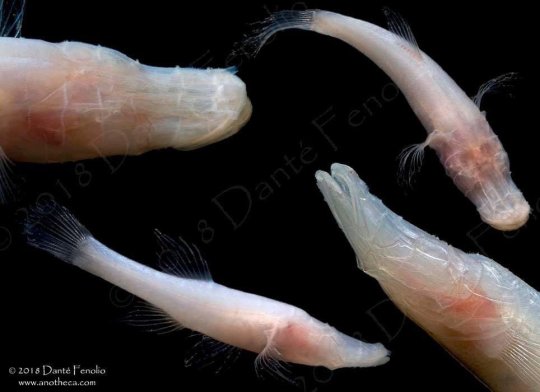
#fish#fish of the day#fishblr#fishposting#aquatic biology#marine biology#freshwater#freshwater fish#animal facts#animal#animals#fishes#informative#education#aquatic#aquatic life#nature#river#ocean#alabama cavefish#cavefish#cave fish#Speoplatyrhinus poulsoni
777 notes
·
View notes
Text

AMUSE - 20cm Goldfish
#plush#plushie#plushies#plushblr#plushcore#toycore#soft toy#stuffed animals#amuse#amufun#goldfish#freshwater fish#fishposting#plush: fish
1K notes
·
View notes
Text



who took… his snout :(
237 notes
·
View notes
Text
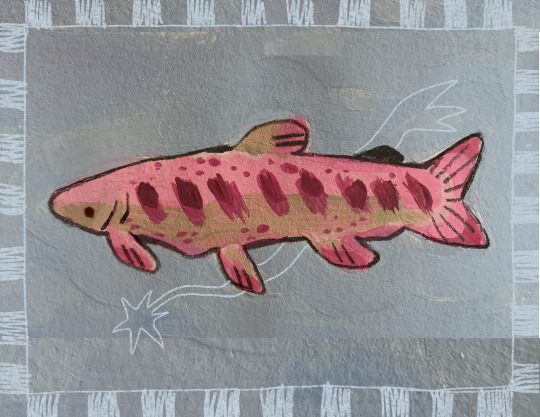
sketchbook painting of a little cherry salmon (oncorhynchus masou)
acrylic & digital 2023
18K notes
·
View notes
Text

Amazing beauties at my local fish store. One of them is now at home :)
#photography#photooftheday#photo#photographer#photographers on tumblr#nature photography#animals#pets#animal#pet#freshwater fish#fishpond#fish keeping#fishtank#fish#fishkeeping#fishblr#pets of tumblr#goldfishlover#goldfishblr#goldfishunion#goldfishkeeper#fancy goldfish#goldfish#kingyo#aquariumhobby#aquarist#freshwater aquarium#aquariums#aquarium
124 notes
·
View notes
Text

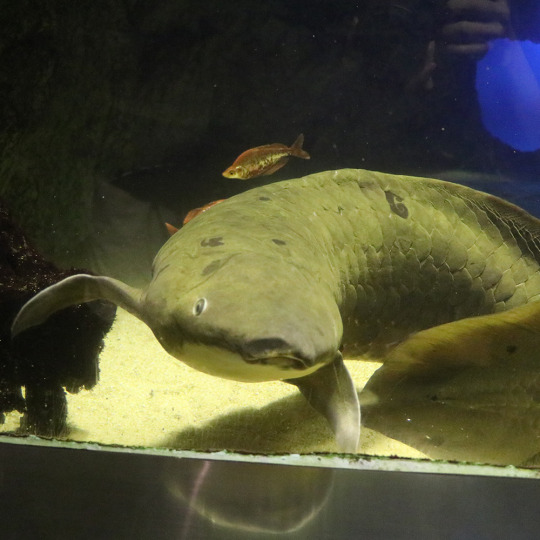
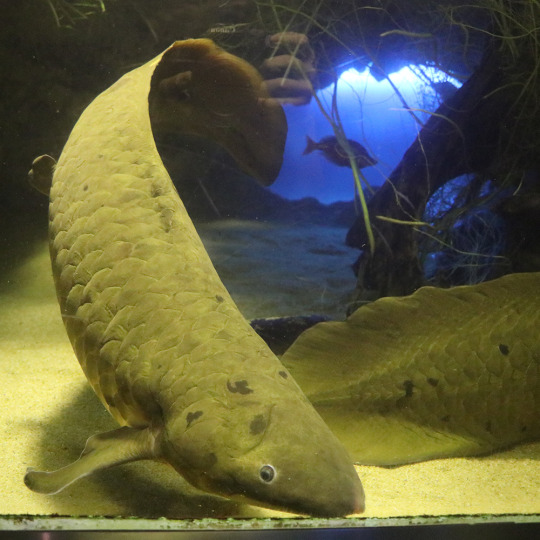
呼吸してるところも見られた
でもいつも撮れないんだよなぁ
興奮しすぎてるのかもしれないです
@鳥羽水族館
I could see them breathing, but I can't always capture it. I might be too excited....
@Toba Aquarium
#neoceratodus forsteri#ネオケラトドゥスフォルステリ#ネオケラトドゥス・フォルステリ#オーストラリアハイギョ#lungfish#Australian lungfish#fish#freshwater fish#鳥羽水族館
3K notes
·
View notes
Text

Noses :)
446 notes
·
View notes